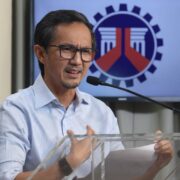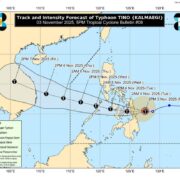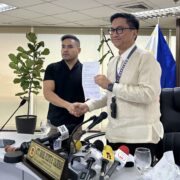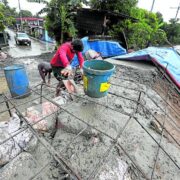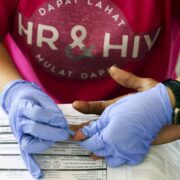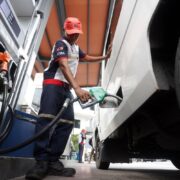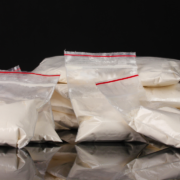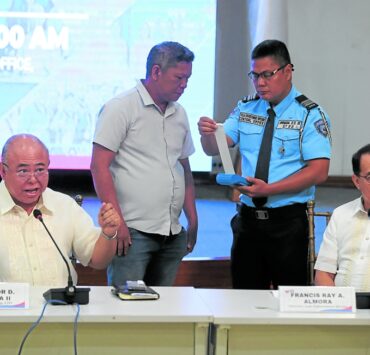Harvard study shows Filipinos better prepared for disasters

Filipinos are more prepared for disasters now than several years ago, but they still need more support and investment, according to a recent nationwide survey on disaster preparedness and climate change perceptions in the Philippines conducted by the Harvard Humanitarian Initiative (HHI).
The HHI is a university-wide academic and research center in humanitarian crisis and leadership supported by Harvard University’s Office of the Provost.
Conducted between February and March this year and released in time for the 11th anniversary of Super Typhoon “Yolanda” (international name: Haiyan)—one of the most catastrophic storms in history—the survey showed that Filipinos’ self-reported disaster preparedness has increased by an average of 42 percent over the past seven years.
Data from the survey showed a significant improvement in disaster preparedness, with the average score rising from 13.5 out of 50 in 2017 to 19.2 out of 50 this year.
This score is based on five key areas: planning, training, material investment, information, and social support, with each area rated between 0 and 10. The survey had 4,608 Filipinos as respondents.
However, HHI noted that the current score was still not enough for a country that was one of the most disaster-prone in the world.
“A score of 19.2 highlights both progress and areas needing urgent attention,” said Vincenzo Bollettino, director of the HHI Resilient Communities program and colead for this study.
Well-informed
According to the survey, among the objective measures of disaster preparedness, Filipinos scored highest in information (4.9 out of 10) and scored lowest in social support (2.3 out of 10).
The survey showed that the majority or 87 percent of respondents implemented measures to protect important documents; 70 percent monitored typhoons and other disaster warnings; and 60 percent familiarized themselves with rainfall warning systems.
While 58 percent of Filipinos discussed emergency plans as a family, only 20 percent have prepared their respective disaster management plan, 27 percent have prepared a Go bag or Emergency Preparedness Bag, 33 percent keep a first aid kit ready and 32 percent have an adequate supply of regularly taken medications.
In terms of social support activities, 23 percent of Filipinos said they belong to a group or association, while only 16 percent were familiar with their local disaster officers.


